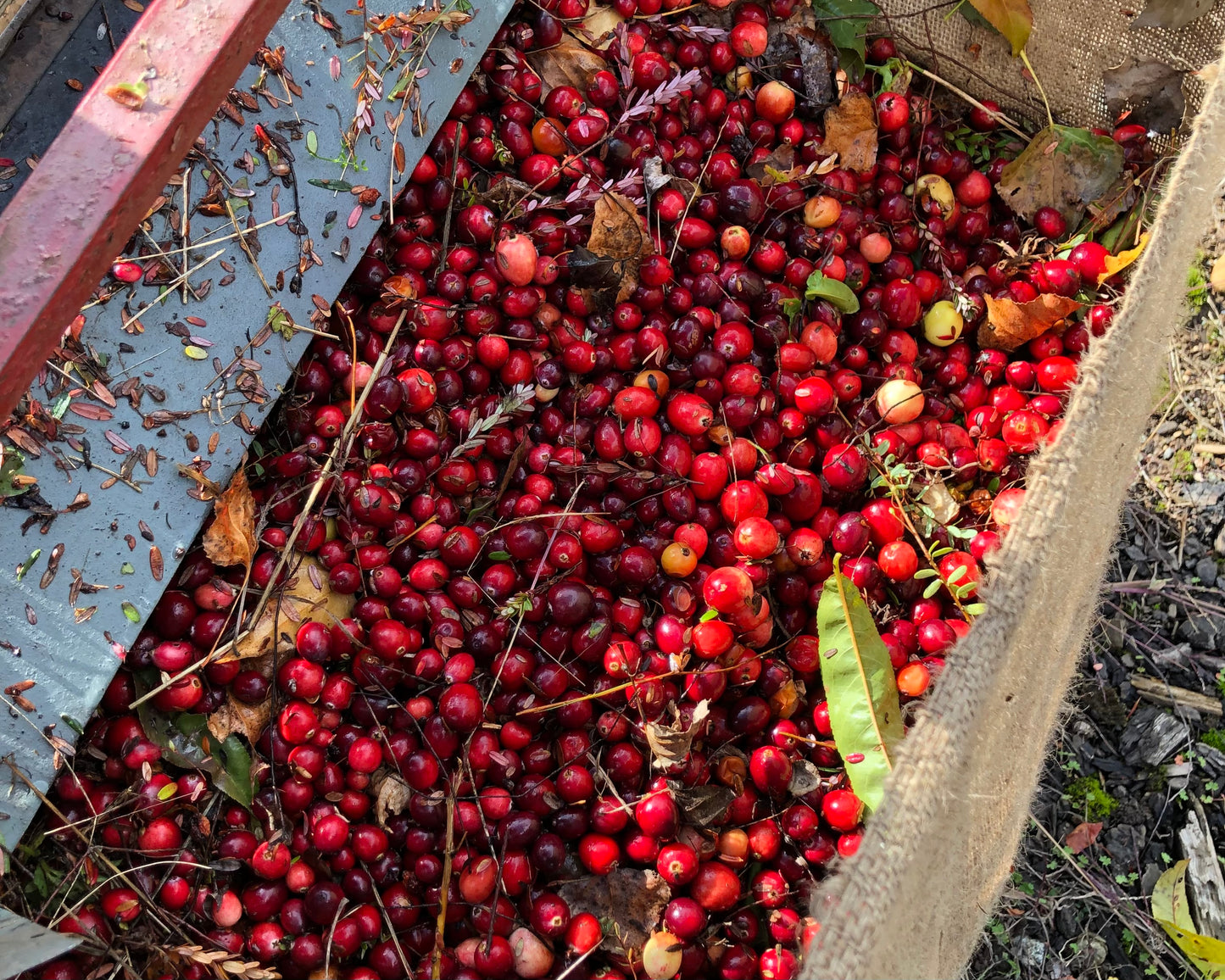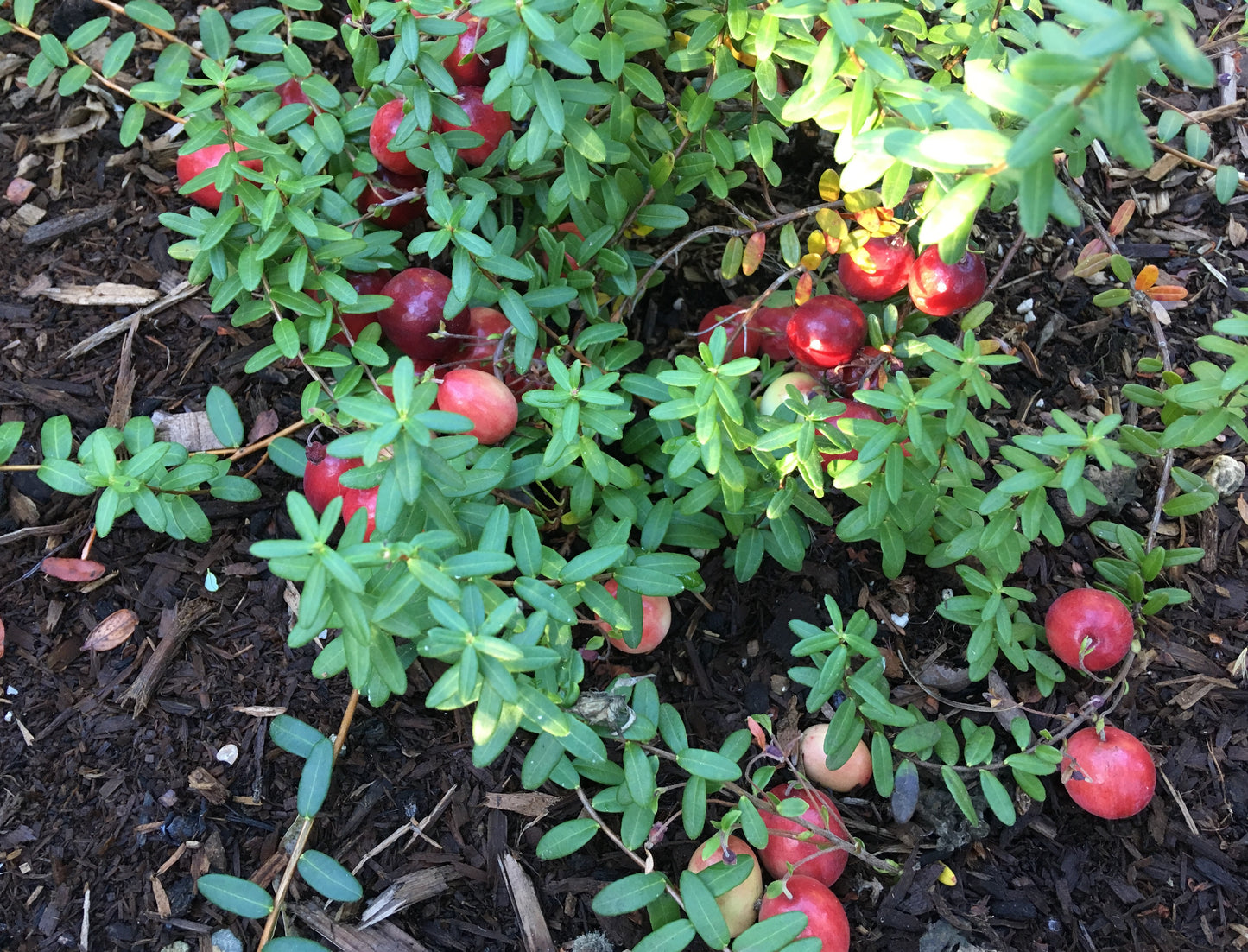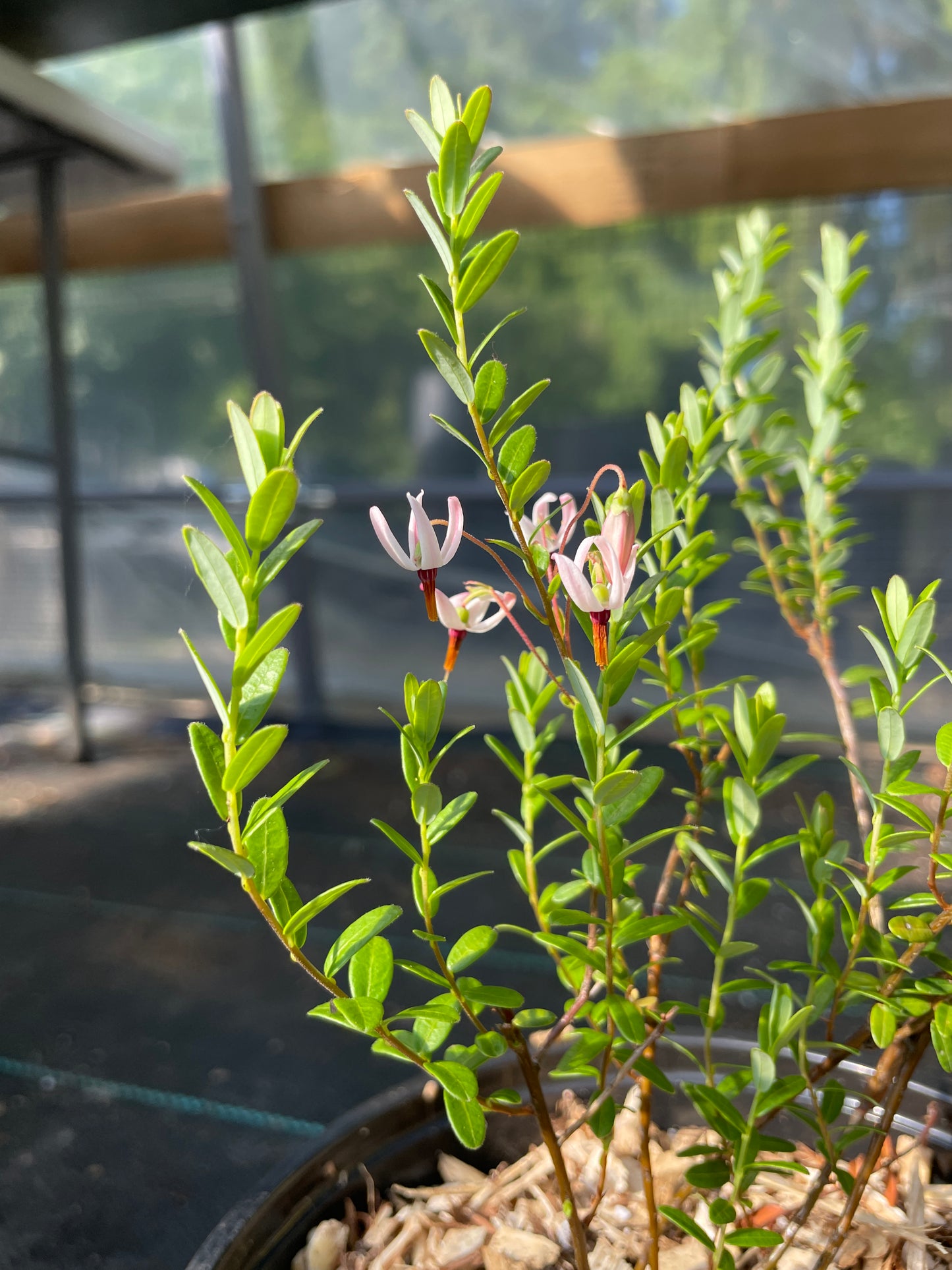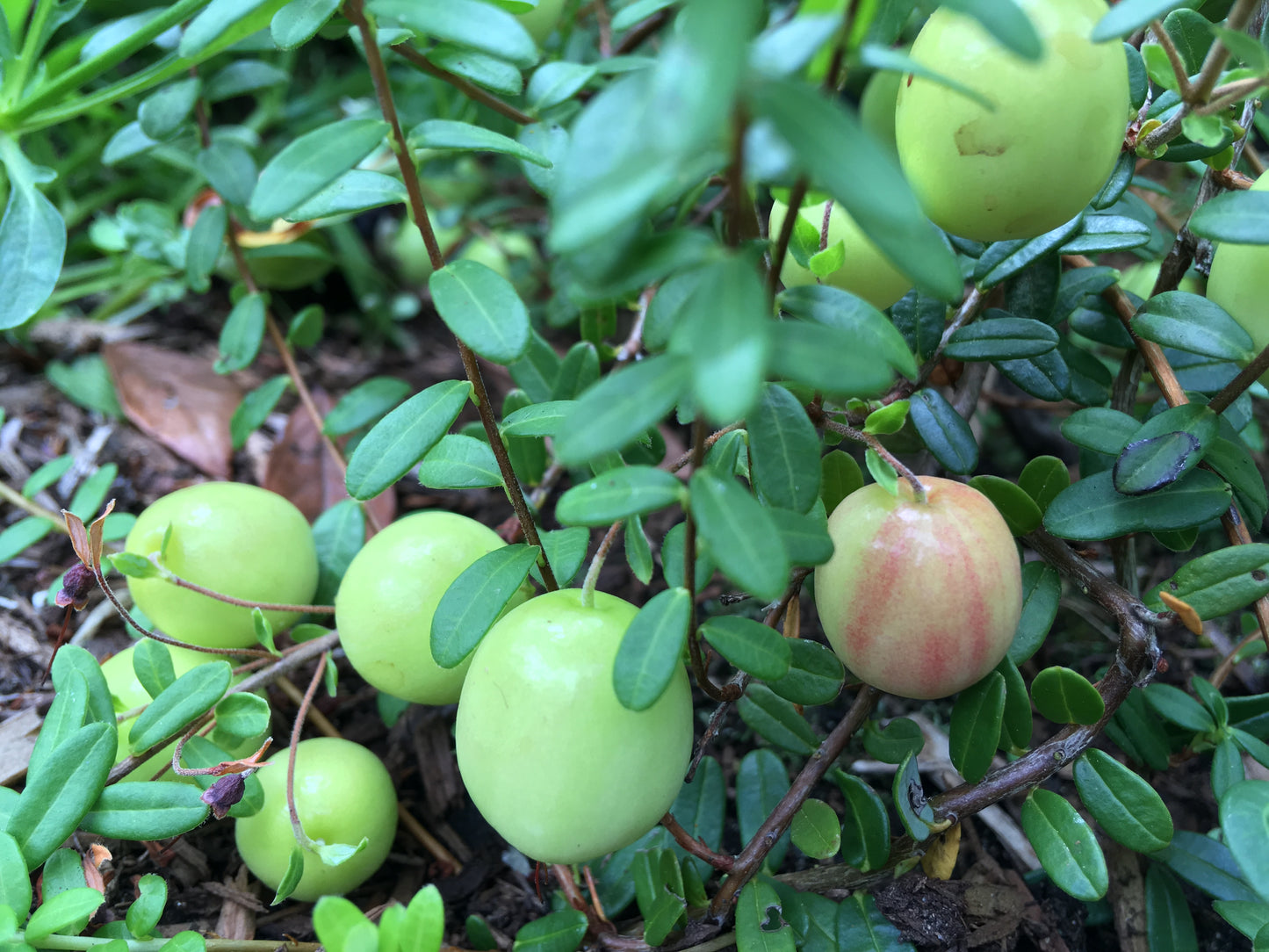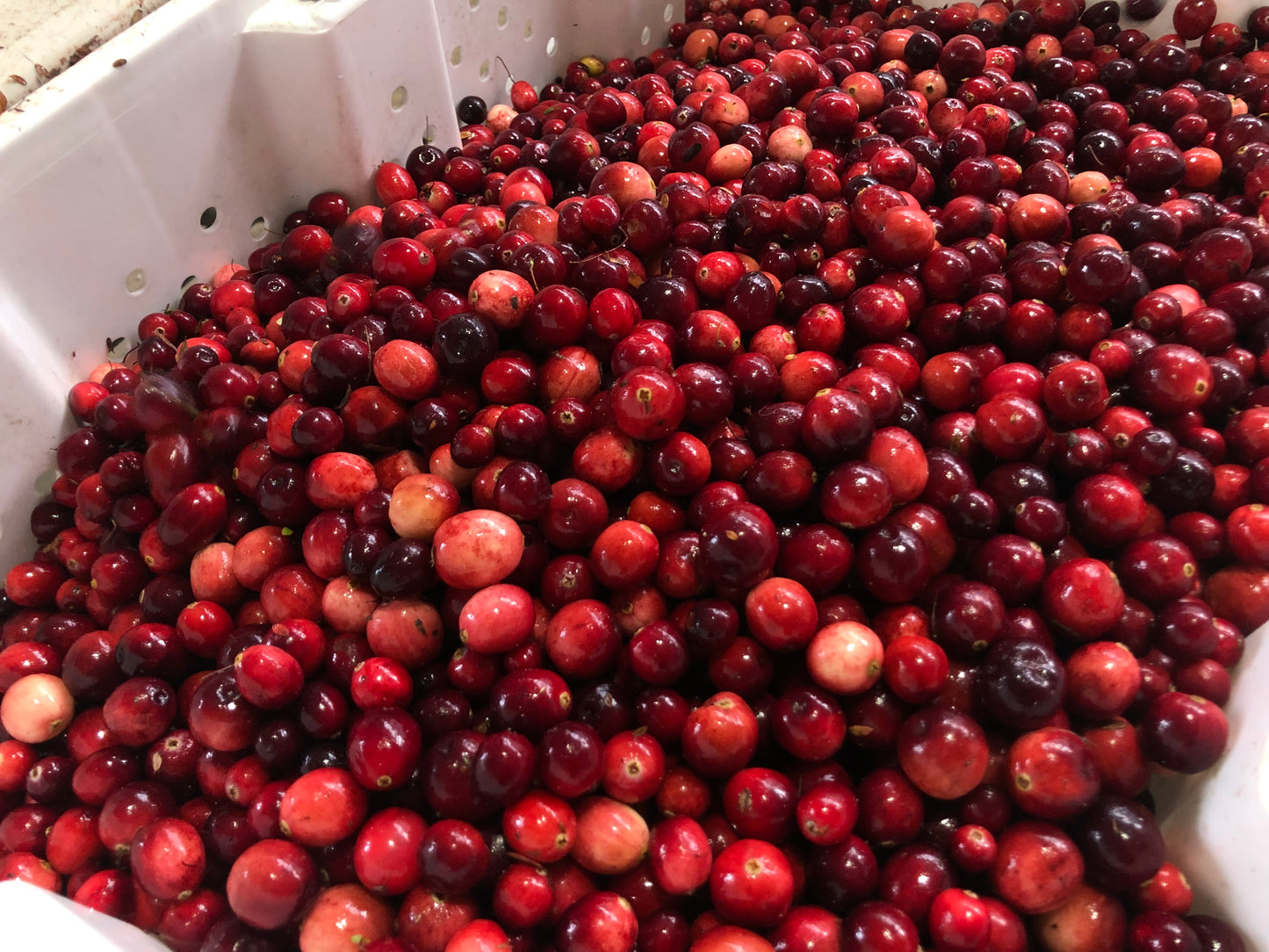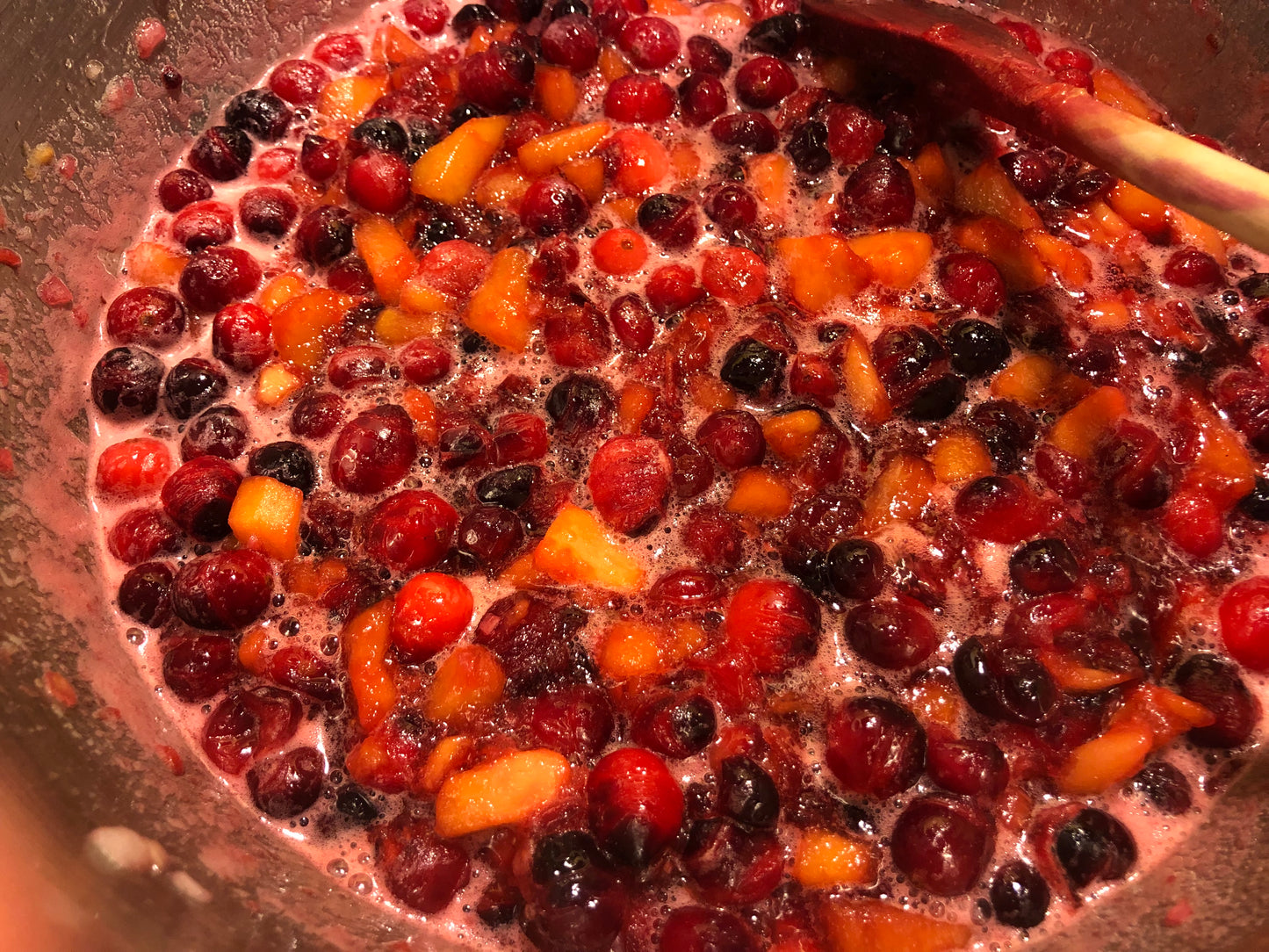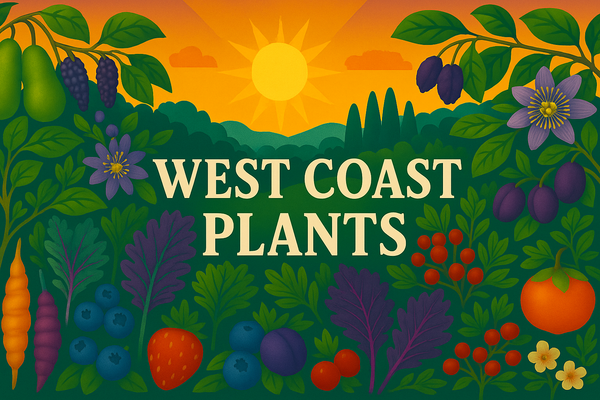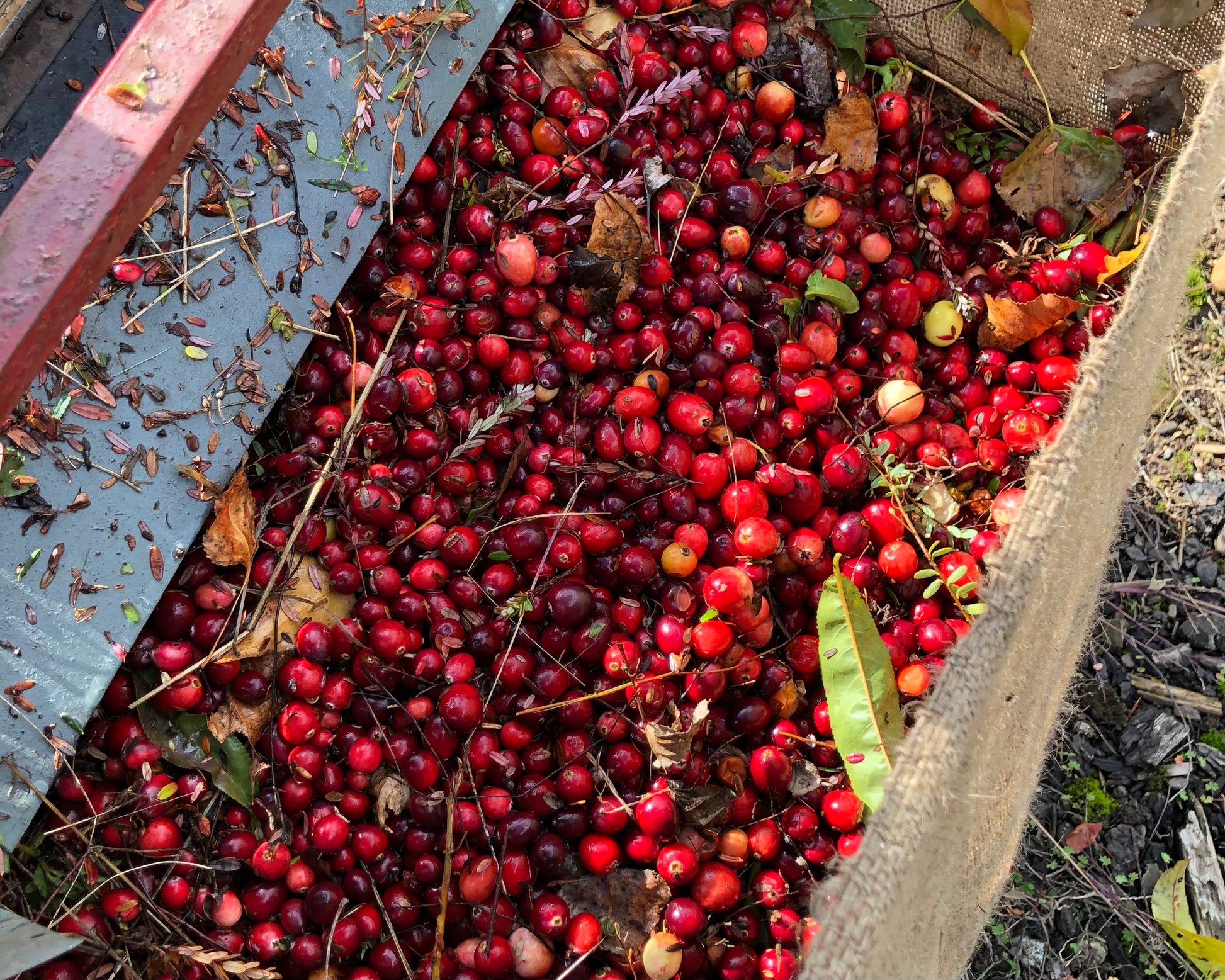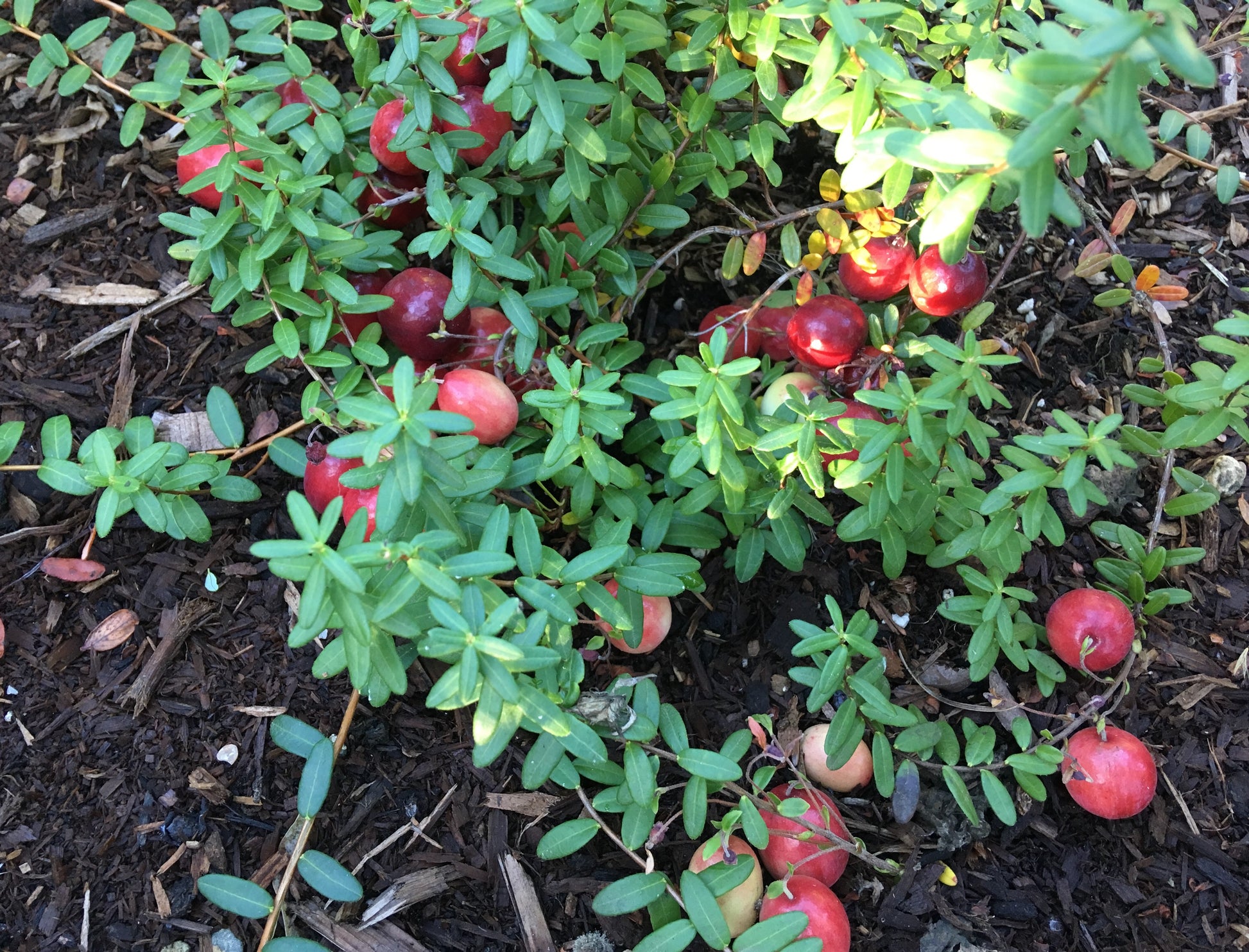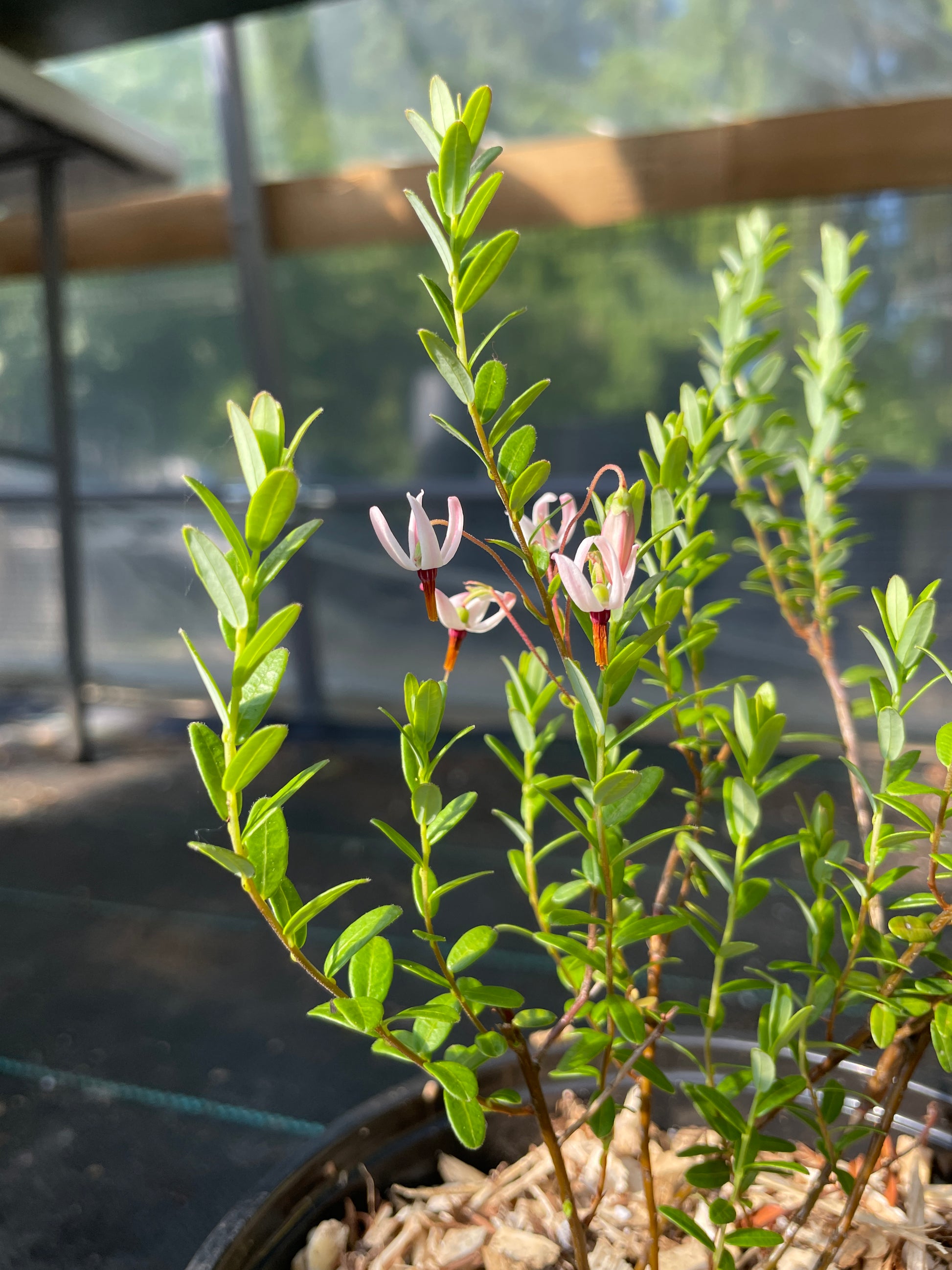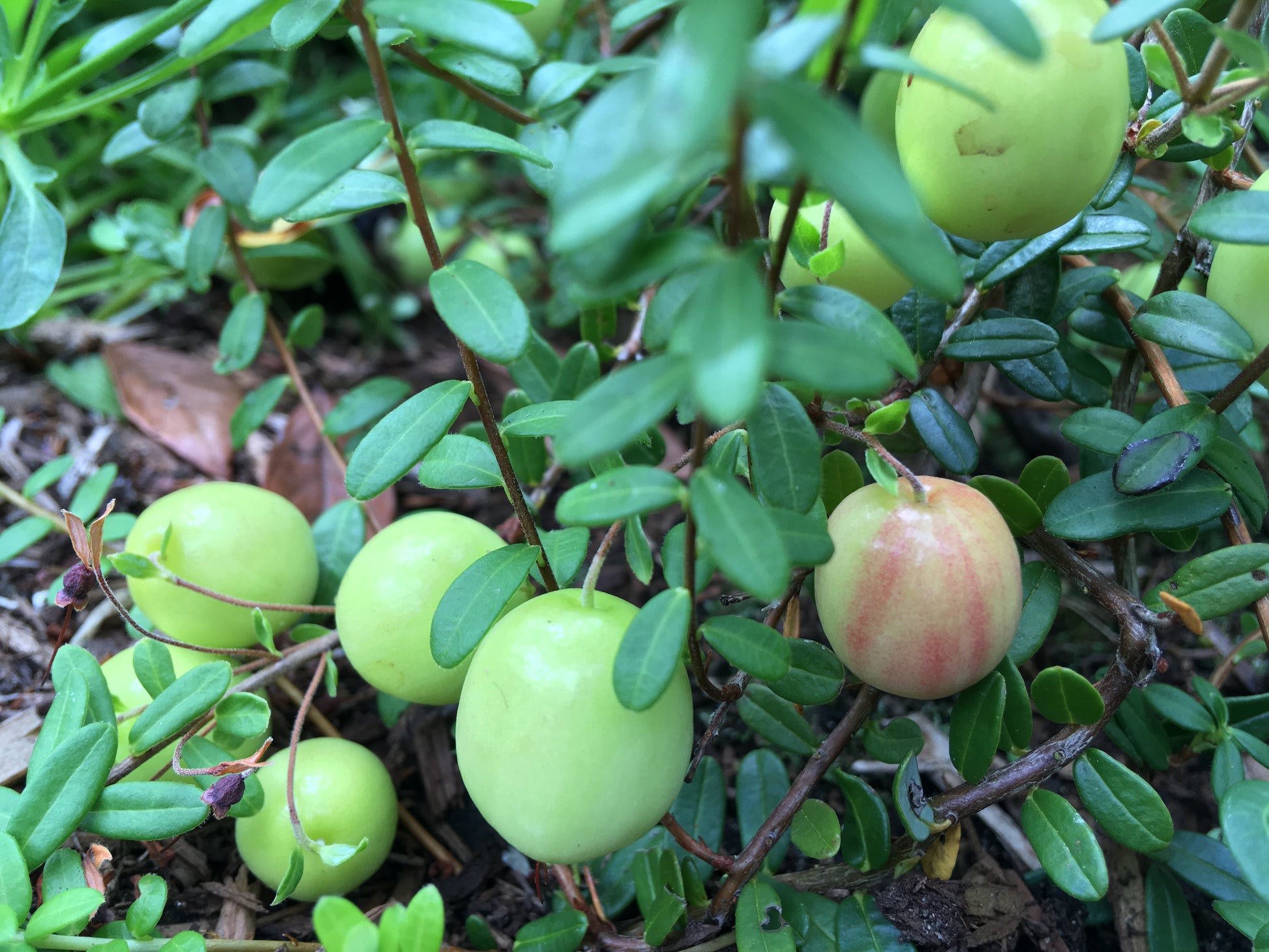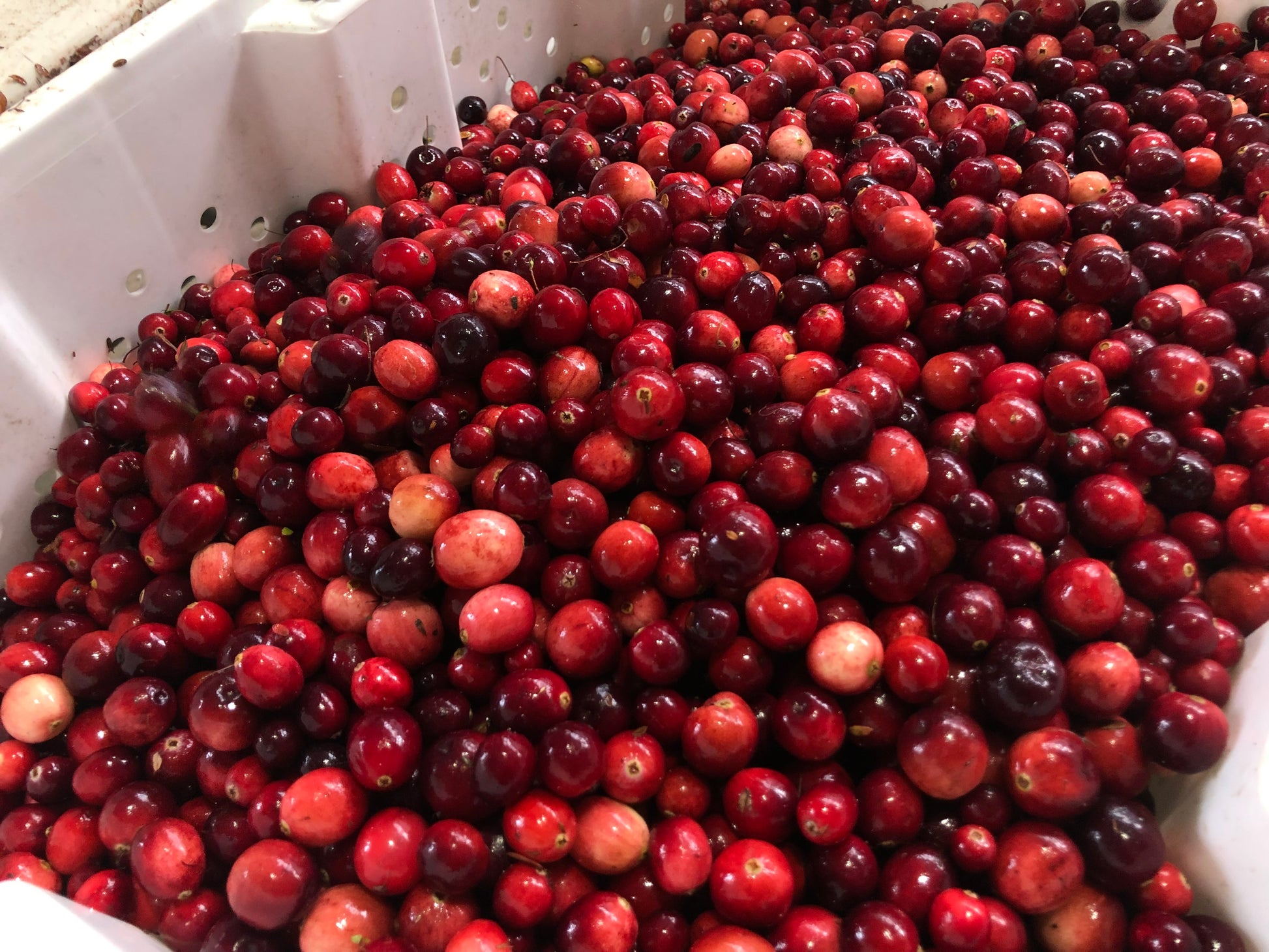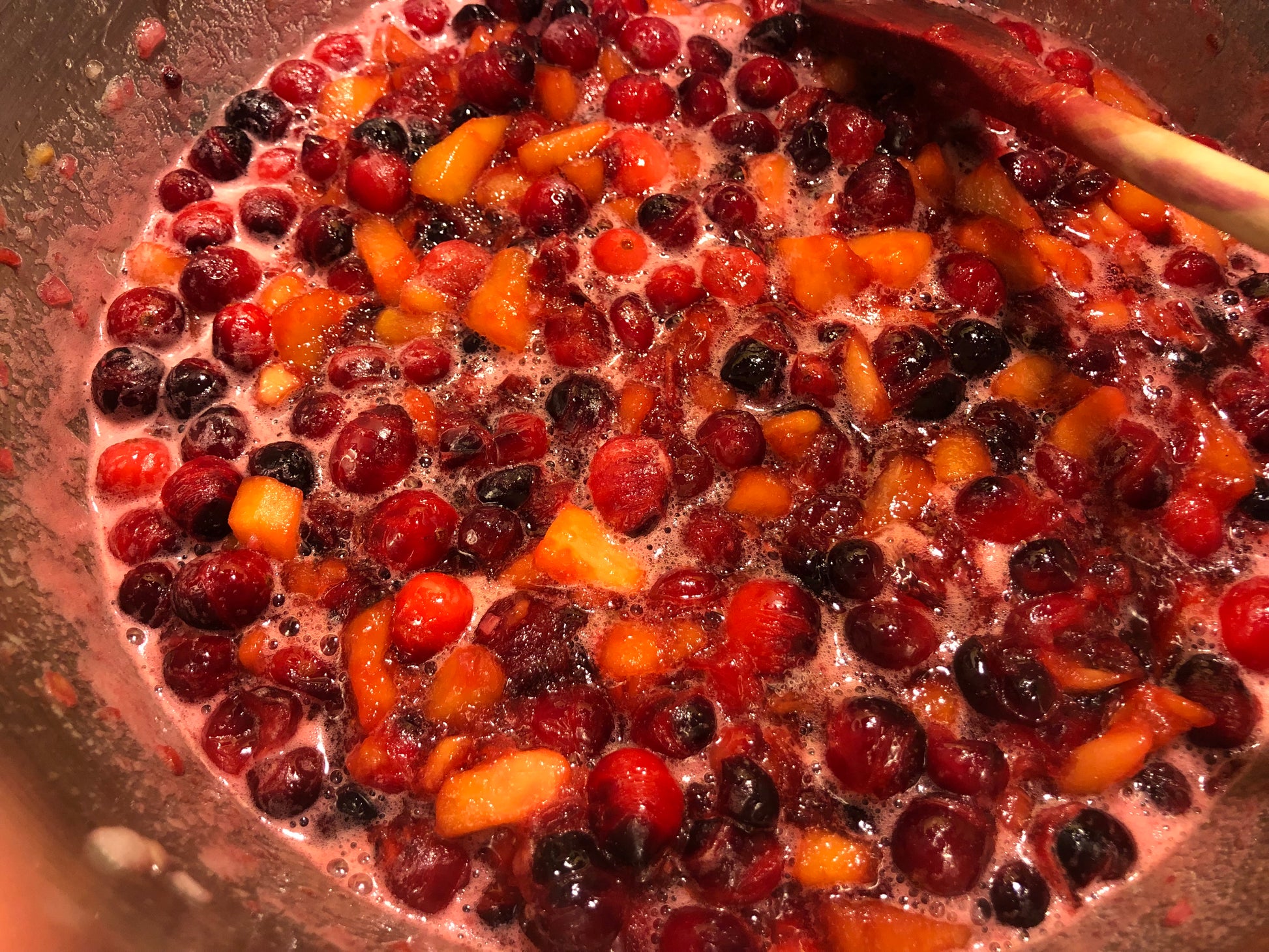West Coast Plants
Cranberry
Cranberry
Couldn't load pickup availability
Cranberries? Yes! You can grow cranberries... and you don't need a bog. Cranberries naturally grow on dry land and are only flooded commercially for ease of harvest, and even then, it is for a maximum of 3-4 days per year, or the berries begin to lose quality.
Fresh, homegrown cranberries are perfect for making jams, sauces, juices, or dried snacks without added sugar or preservatives. Rich in antioxidants, vitamins C, E, and K, cranberries are known for their medicinal benefits, including supporting urinary tract health and boosting immunity.
Where should you plant cranberries in your garden or food forest? These versatile plants thrive in acidic soil with a pH of 4.0 to 5.5, making them an excellent groundcover choice beneath blueberries, red huckleberries and evergreen huckleberries, as well as rhubarb, which all share similar soil preferences.
As a low-growing, trailing, evergreen vine, with small, leathery leaves, cranberries add beauty and texture to the garden even in winter. They are a valuable groundcover, as they provide habitat for beneficial insects, support soil stabilization, and their evergreen foliage acts as a year-round mulch.
Growing cranberries is not only possible, it's easy, beneficial and rewarding.
Please note: The plants available for sale are only one year old and come in 2.5" pots.
Common names: Cranberry
Edible: Fruit
Harvest timing: Early fall
Scientific name: Vaccinium macrocarpon
Light requirements: Full sun to part sun
Full-grown size: 4-10" tall x 2-3' wide
Hardiness: Zone 3
Pollination: Self-pollinating
Wildlife: Flowers and fruit provide food for pollinators and wildlife.
Origin: North America
Noteworthy: Like acidic soil, with a pH lower than 5.5. Evergreen, cold hardy groundcover.
Share
